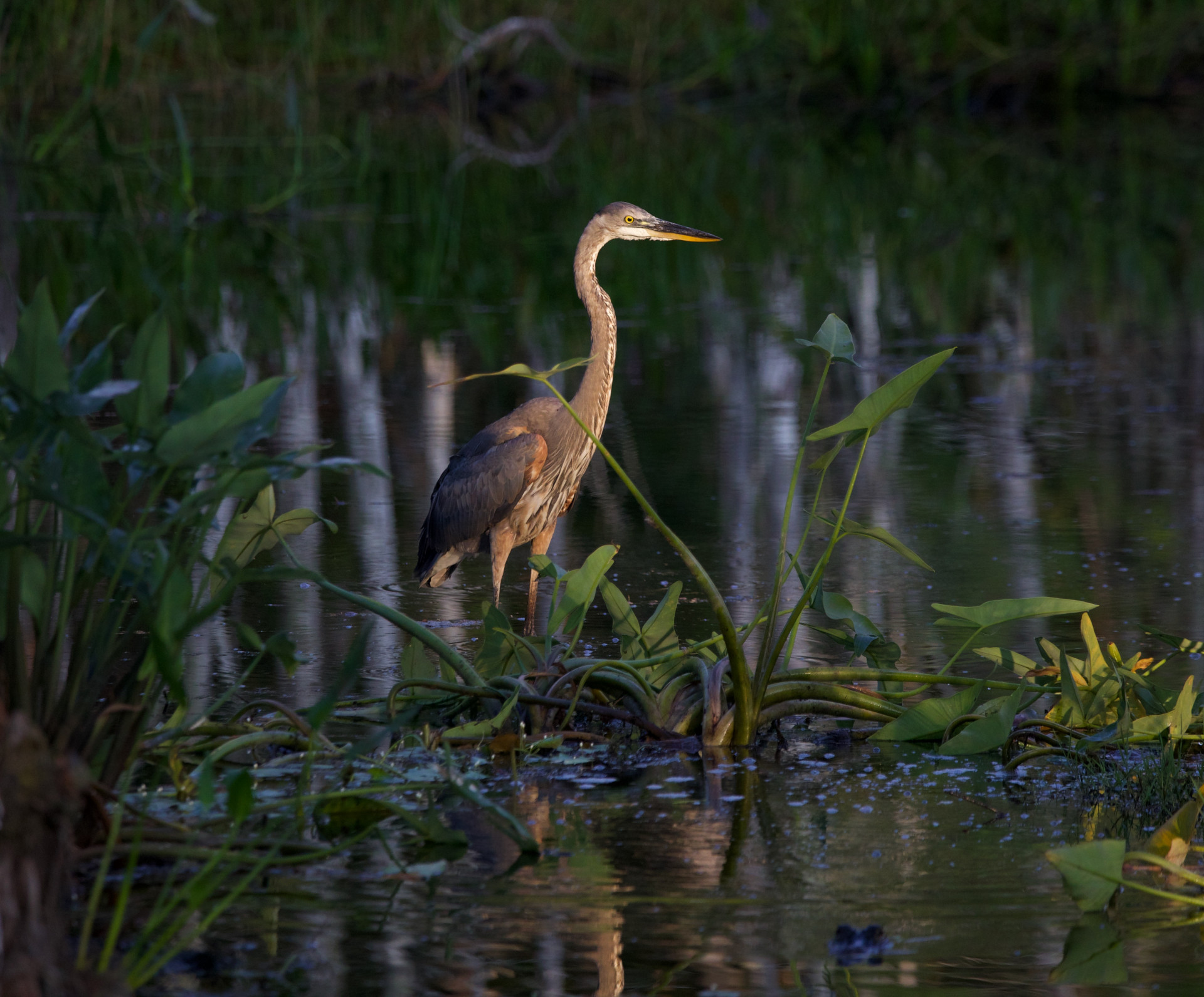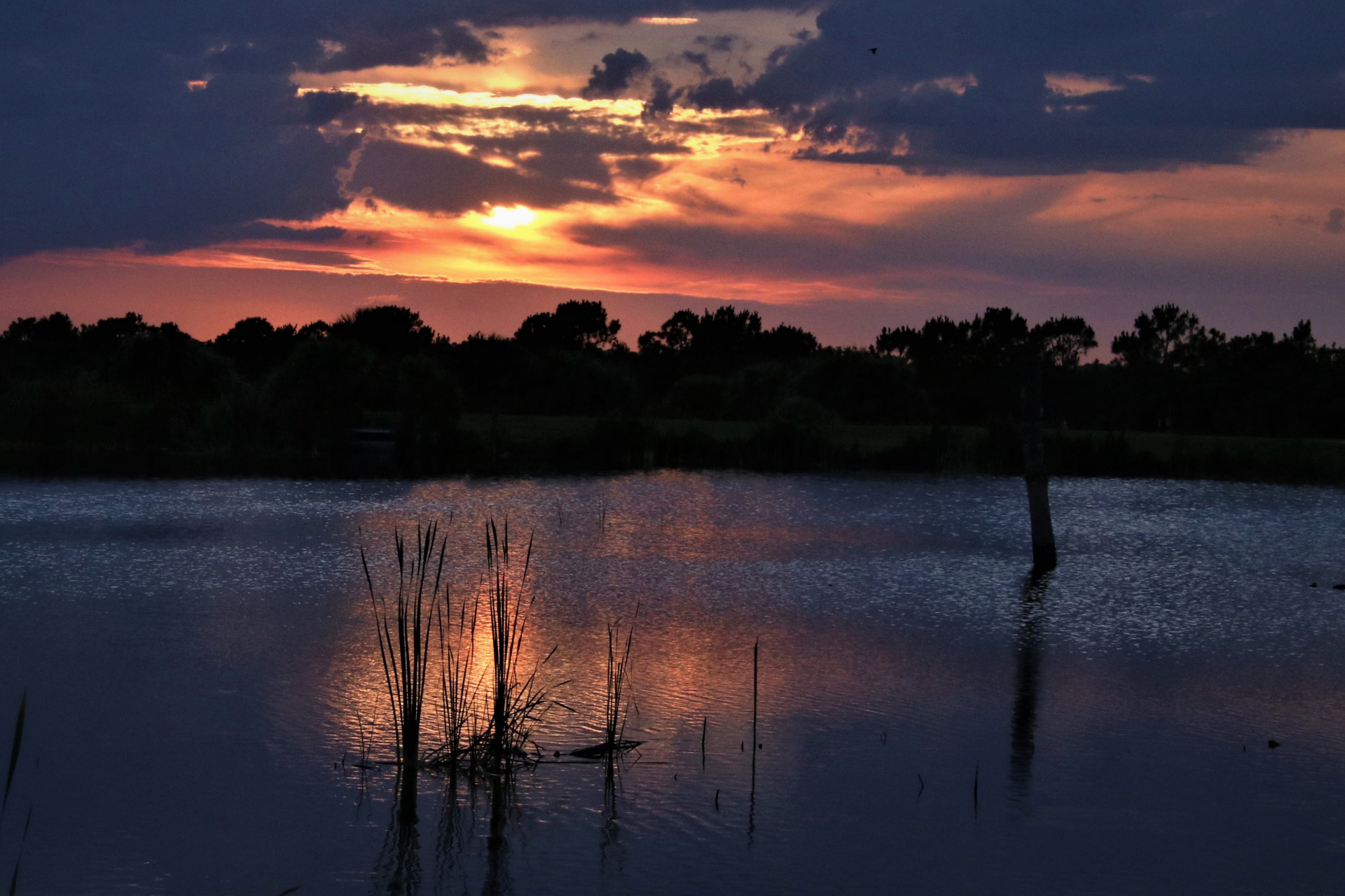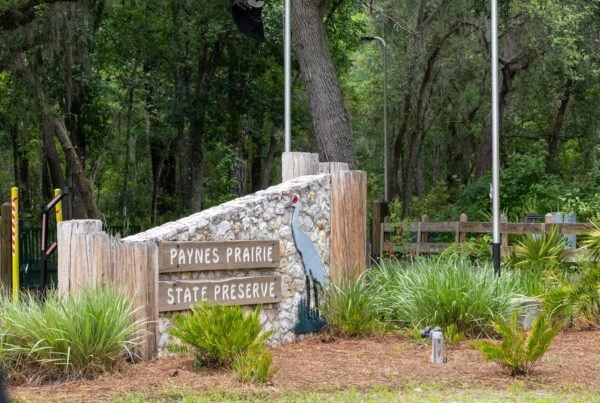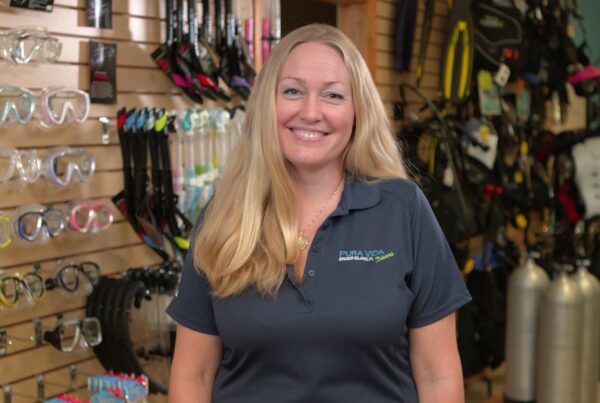
Photo Credit: Cypress Wetlands, Gay Marlin
May is the month we celebrate our nation’s wetlands, the swamps, marshes, cypress domes, river bottoms, tidal flats and mangrove swamps that provide not only essential wildlife habitat for a wide range of native species but afford us humans with many benefits. Wetlands remove excess nutrients and toxins from our water supply, including nitrates, ammonium and phosphorous, as well as contaminants such as pesticides. They also help to greatly mitigate flooding. Indeed, wetlands are the “kidneys” of our watersheds and need to be protected.
Wetlands exist all over the country, from the Great Dismal Swamp in eastern Virginia and North Carolina to the prairie potholes of the Dakotas and the Okefenokee Swamp in South Georgia. Over time, all of these vital ecological systems have been diminished in size and sustainability.
In 1989, the federal government decided on a policy of no net loss of wetlands. This policy was based on the fact that between the 1950s and the 1970s, the United States had lost wetland areas the size of two New Jerseys. While the pace of destruction has slowed somewhat since that time, we continue to lose wetlands. Indeed, in Florida, we have lost over 44% of our wetlands to conversion to houses, commercial development and roadway construction.

Photo Credit: Viera Wetlands, Edith Lassonde
Prior to European colonization, our state was a vast mosaic of wetlands, forests and rivers, providing a veritable Eden of wildlife from Pensacola to subtropical South Florida. The Everglades region once spread over much of the land area south of Lake Okeechobee, providing watery lands teeming with birdlife. With the growth of human populations, especially in Southeast Florida, dikes and dams have dried out what was once marsh, eradicating wildlife habitats and causing pollution to flow into what is left of natural areas. Today, the one-of-a-kind Everglades is a shadow of its former glory, as the Hoover Dam has cut off Lake Okeechobee’s once naturally-occurring sheet flow southward and canals siphon off freshwater sources. Moreover, the Kissimmee River, the main source of lake water, was channelized, thereby speeding pollution into the lake.
The result of our manipulation of the Everglades ecosystem is a most unnatural sending of polluted water into the Caloosahatchee and St. Lucie Rivers from Lake Okeechobee, causing massive die-offs of what were once world-renowned fisheries. Harmful algal blooms are sadly the norm for many waterways; these blooms block out sunlight and kill aquatic plants that our wildlife, like the beloved manatee, need to survive.
There are positive signs, including the restoration of oxbows on a section of the Kissimmee River, and wildlife flourish in these areas. While that is definitely an improvement, the restoration cost us a tremendous amount of public dollars.
To save our remaining wetlands is to save our water supply and our native fish and wildlife species. When we speak of “green infrastructure,” the conservation of Florida’s wetlands as a precious natural resource should be paramount.
About the author: Preston T. Robertson is President and CEO of the Florida Wildlife Federation. A lawyer with over 35 years of experience in conservation, Preston has secured permanent land conservation in Florida and Georgia.






I am grateful that I have been aware of the importance of, and our impacts on, our wetlands since a child. It still saddens me at the misinformation the general public chooses to follow. Since 2000 I have worked at educating and raising up next generation with a better appreciation and understanding of such things. It has only been in these last 4 years I have begun to work strongly to educate the adults/voters. I must say children get it, they see it, they are more apt to get involved and do something to create changes. I want to be a loud voice for the preservation of our ecosystem, a very active participant in saving what remains, repairing the damages done, and helping others learn what changes they can make within their every day lives to lessen their personal negative impact on the waters. Your organization is a great source of information for which I would like to thank you for. I will be utilizing your page as a resource and location to refer others to.